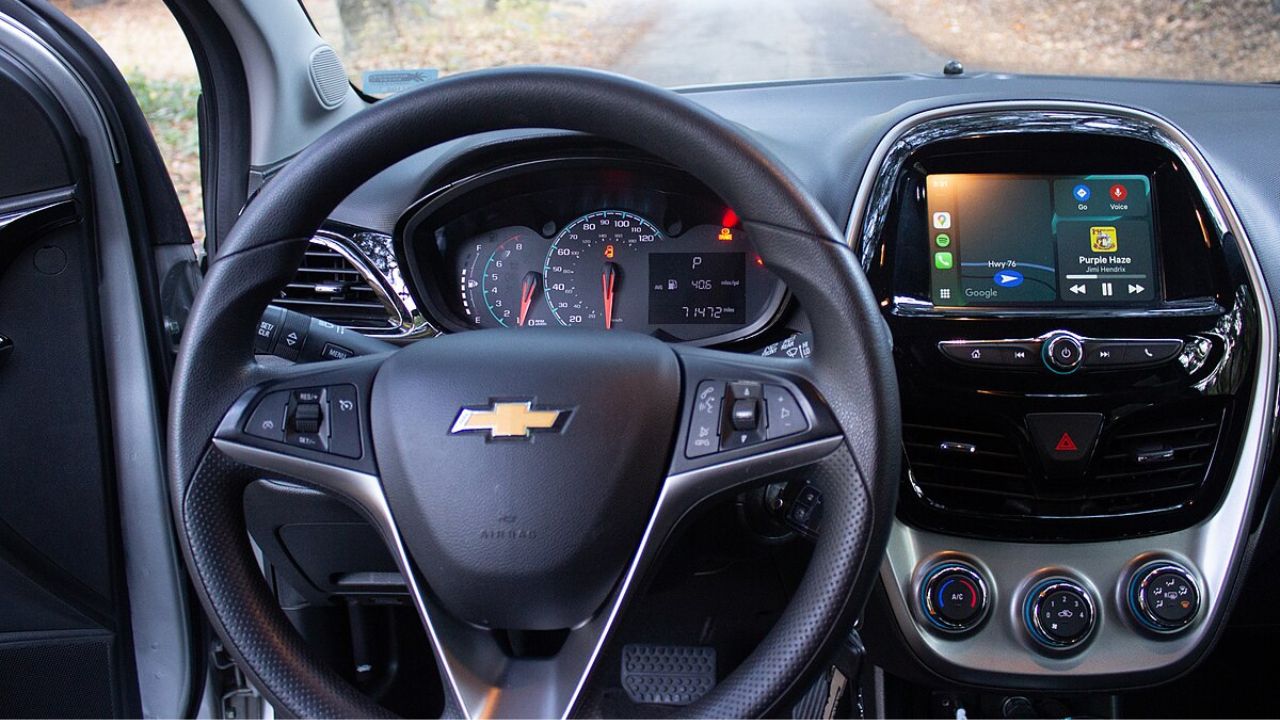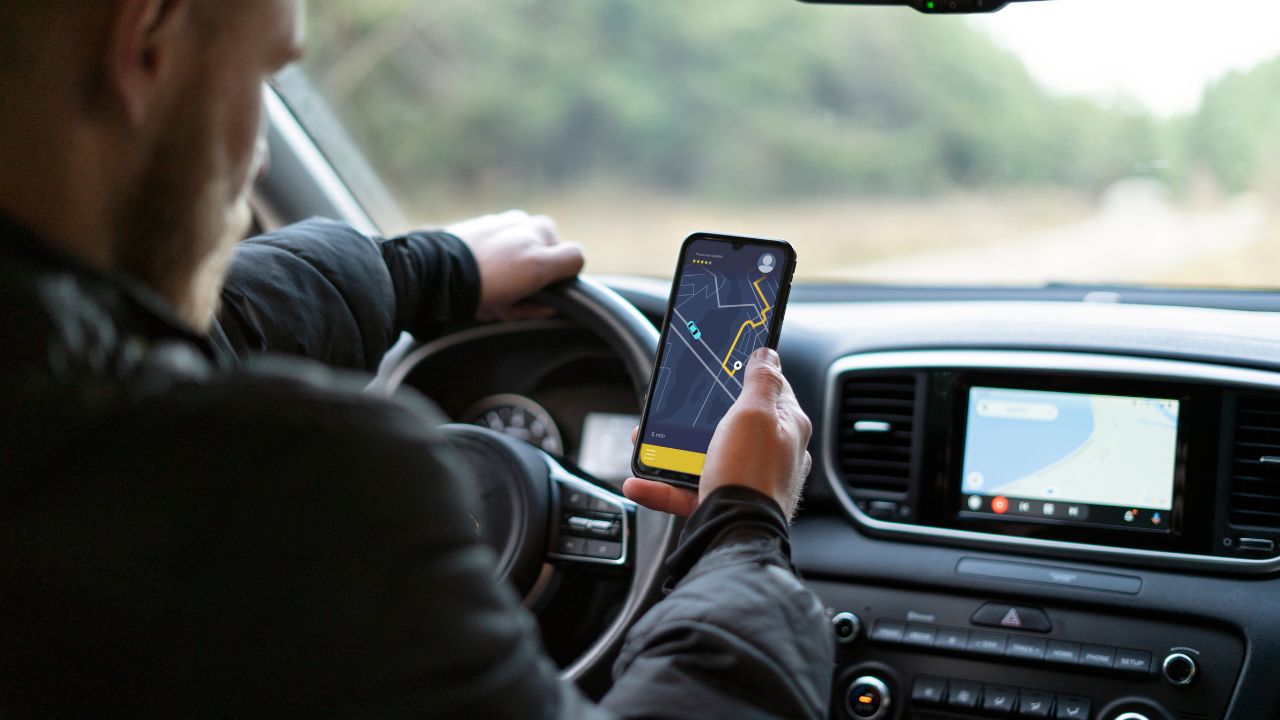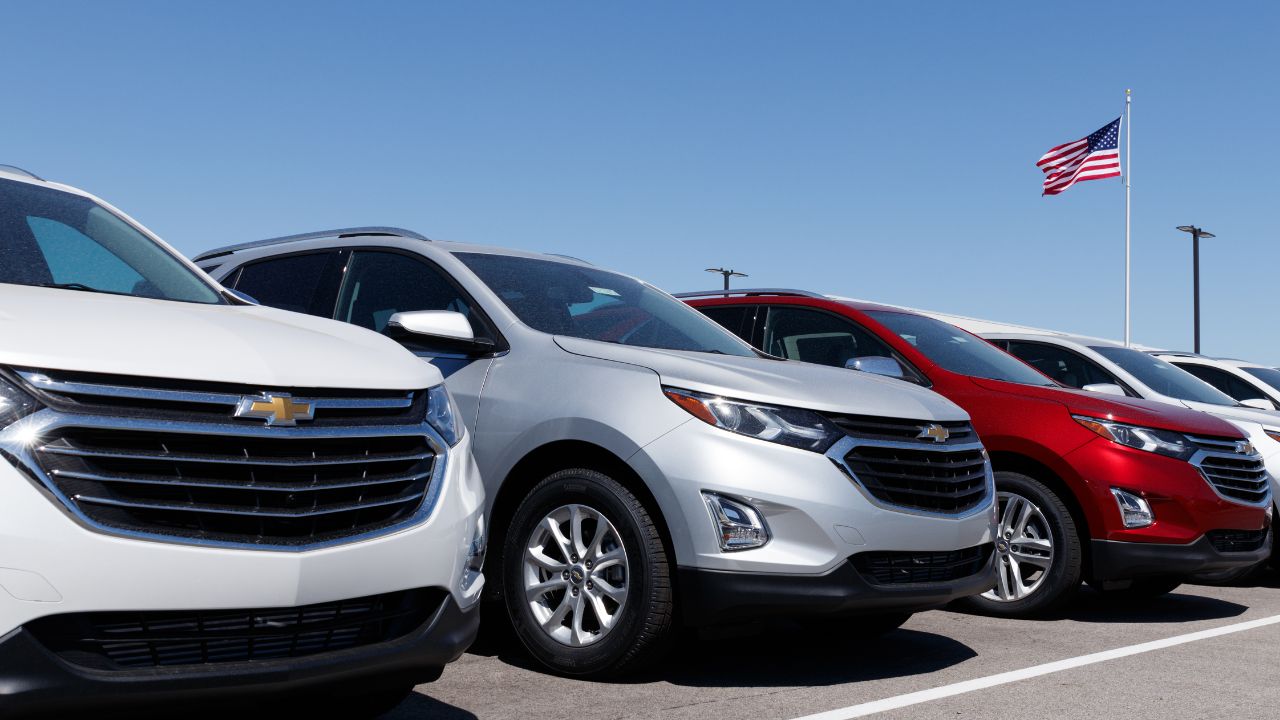In recent years, in-car voice assistants have transformed from novel gadgets into essential components of modern vehicles. As technology advances and consumer demand for convenience grows, these intelligent systems are reshaping the driving experience. The expanding role of in-car voice assistants presents significant implications for the future of transportation.
The Evolution of In-Car Voice Assistants

In-car voice assistants have come a long way since their inception. Initially, voice recognition technology in vehicles was basic and often unreliable, with systems that struggled to understand commands or required specific phrasing. Early models, like the systems found in the 2004 Acura TL or the 2007 Ford Edge, offered limited functionality, primarily focusing on simple tasks such as dialing a contact or controlling the radio. However, these early versions laid the groundwork for the sophisticated systems we have today.
Modern in-car voice assistants are vastly superior, offering a plethora of features and capabilities that were previously unimaginable. For instance, Apple’s Siri, introduced to vehicles through CarPlay, and Google’s Assistant via Android Auto, enable drivers to interact with their cars in a much more natural and intuitive manner. These systems can handle complex queries, provide real-time traffic updates, control smart home devices, and even engage with third-party apps to deliver a seamless experience. Technological breakthroughs, particularly in natural language processing and machine learning, have been crucial in driving these advancements, allowing voice assistants to become more accurate and capable over time.
Enhancing Safety and Convenience

One of the most significant benefits of in-car voice assistants is their ability to enhance safety by reducing driver distractions. By enabling hands-free operation, these systems allow drivers to keep their eyes on the road and hands on the wheel. For example, drivers can use voice commands to set navigation routes, adjust climate controls, or send messages without taking their attention away from driving. This hands-free capability is not only convenient but also crucial for promoting road safety, as it minimizes the risk of accidents caused by distracted driving.
Beyond safety, in-car voice assistants offer unparalleled convenience by seamlessly integrating with navigation, entertainment, and communication systems. Users can easily switch between listening to their favorite playlist on Spotify, receiving directions from Google Maps, and making phone calls—all through voice commands. Additionally, many systems offer personalized experiences, learning from user preferences to provide tailored suggestions and responses. For instance, Amazon’s Alexa in vehicles can remember users’ favorite destinations or suggest frequently visited locations, enhancing the overall driving experience.
Impact on the Automotive Industry

The rise of in-car voice assistants has significantly impacted the automotive industry, influencing both car design and manufacturing processes. Automakers are increasingly prioritizing the integration of advanced voice technology in their vehicles, recognizing its importance in attracting tech-savvy consumers. This trend has led to collaborations between car manufacturers and tech companies, such as the partnership between BMW and Microsoft’s Cortana, aimed at enhancing in-car systems and ensuring seamless connectivity.
Moreover, voice technology plays a crucial role in the development of autonomous vehicles. As the industry moves towards self-driving cars, voice assistants are expected to become even more integral, serving as the primary interface between passengers and the vehicle. They will not only manage entertainment and communication tasks but also assist with complex decision-making processes, enhancing the overall user experience. The integration of voice technology in autonomous vehicles is likely to redefine transportation, making it more efficient and user-friendly.
Challenges and Limitations

Despite their numerous advantages, in-car voice assistants face several challenges and limitations. Privacy concerns and data security remain significant issues, as these systems often require access to personal information and continuous internet connectivity. Consumers are understandably apprehensive about the potential misuse of their data, and companies must address these concerns by implementing robust security measures and transparent data policies.
Language recognition and accent diversity also present challenges for voice assistants. While systems have improved in understanding different languages and dialects, there is still room for growth in accurately recognizing regional accents and colloquialisms. This limitation can lead to frustration for users whose speech is not easily understood by the system. Additionally, technical limitations, such as connectivity issues and system reliability, can hinder the performance of voice assistants. Manufacturers must continuously work on refining these systems to ensure they meet user expectations and deliver a reliable experience.
The Future of In-Car Voice Assistants

The future of in-car voice assistants is undoubtedly promising, with potential innovations and emerging trends set to further enhance their capabilities. Advances in artificial intelligence and machine learning are expected to play a pivotal role in evolving these systems, enabling them to become even more intuitive and responsive. For instance, future voice assistants may be capable of predicting user needs before commands are given or even engaging in more natural, human-like conversations.
Additionally, the integration of voice assistants with other emerging technologies, such as augmented reality and Internet of Things (IoT) devices, could lead to new and exciting applications. Imagine a scenario where your in-car voice assistant not only manages your driving tasks but also communicates with your smart home devices to prepare your house for your arrival. As these technologies continue to develop, in-car voice assistants are poised to become an even more integral part of the driving experience, shaping the future of transportation in ways we have yet to fully imagine.
More from Fast Lane Only:
- Unboxing the WWII Jeep in a Crate
- The Fastest Farm Truck Ever Built
- 10 Old Trucks That Were Built Like Tanks
- 12 Classic muscle cars still within reach for budget buyers
*Created with AI assistance and editor review.







Leave a Reply